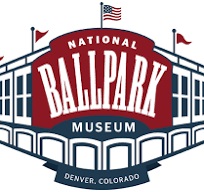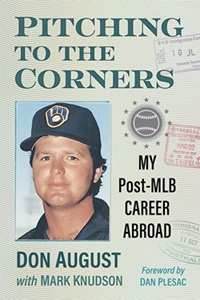Strike 3: What’s happening with the Rockies this season is “unhealthy for baseball,” according to well-known national baseball writer Tim Kurkjian.
While others disagree, and say there are always 100+ loss teams every season, the fact that the Rockies could be historically awful at the same time their division rivals, the Los Angeles Dodgers are expected to be historically great speaks volumes about the gap that currently exists between the haves and the have-nots in MLB.
The Rockies didn’t enter into this season expecting to he historically awful. There was genuine hope that an influx of young talent could blossom and put the struggles of the past two 100-loss seasons in the rearview mirror. To this point, nothing close to that has materialized.
What has come forward with all this losing is almost martyr-like. It’s the notion that Colorado’s plight could finally be some sort of impetus for substantial change in the way MLB does business. If the Rockies do set a new all-time record for futility, the free spenders may face some backlash from the have-nots in the not-too-distant future.
The current Collective Bargaining Agreement between the owners and the Major League Baseball Players Union expires following the 2026 World Series. Rockies ownership wants a salary cap to be part of the next CBA.
If you know anything about the decades old history of negotiations between the Players Union and the Owners, you know full well that’s never ever going to happen. While smaller market owners like Colorado and several others would welcome it (and expect Rockies owner Dick Monfort to be front and center during the next set of negotiations pushing for it) the larger market owners in places like Los Angeles, Chicago and New York won’t have his back. That fragmentation among owners has always torpedoed any legitimate effort to force feed any kind of a salary cap on the players.
It’s simply not going to happen.
What the player’s union could get solidly behind – and what Monfort and the Rockies should be pitching hard – is a much improved revenue-sharing model, one that includes sharing local media broadcasting rights. MLB – which is already handling the local broadcasting situation for not only the Rockies, but also the San Diego Padres, Cleveland Guardians and Arizona Diamondbacks as well – has aspirations of taking over all local broadcasting and distributing the revenue more evenly. Baseball socialism, as it were.
That would be great for Colorado. But if you think the larger market teams will fight a salary cap, imagine commissioner Rob Manfred telling the Dodgers they will now have to share their ginormous TV money with their division rivals.
While most local TV deals expire in the next few years, the Dodgers $8.35 billion-dollar deal is just in the 11th year of a 25-year agreement that doesn’t run out until the end of the 2039 season (which is the big reason LA could offer guys like Shohei Ohtani huge, deferred money contracts.)
Still, there is an equitable solution.
What should be an acceptable revenue-sharing model – one that could help the Rockies bridge the financial gap with LA – would be to have all teams share TV money on a game-by-game basis, the way teams and college programs have shared gate receipts in years past. It takes two teams to play a baseball game. So when Colorado plays the Dodgers and the game is broadcast locally in LA, the two teams could split the revenue from that game’s telecast. Simple.
This way, the Dodgers would be sharing their local TV revenue, but only with teams they played against, and they’d also get a share of the opponents TV money for that game. The argument for this plan is simple. Since it takes two teams to play a game, they should both share in the revenue. It’s only fair.
Not that this would solve all of the Rockies problems, financial or otherwise. But it would help eliminate one excuse for their shortcomings.
In truth, what would ultimately fix the Rockies would be to open the doors to new ideas, find anyone or any way to improve the on-field product, regardless of the emotional impact, so that more people would want to watch Colorado play in person and on TV. You can only bank on the allure of Coors Field for so long. At some point, the on field product will matter.
For example, when the Arizona Diamondbacks found themselves in a dire financial straits following the COVID seasons, ownership decided to invest in the team, not the ballpark. Owner Ken Kendrick, himself previously very hands on, decided to step back and hand the keys to well-schooled general manager Mike Hazen, who had successful stints with Cleveland and Boston before landing in the desert. Given his newfound freedom and authority, Hazen rebuilt a team that had lost 110 games in 2021 into a National League pennant winner/World Series team in 2023.
It can happen. It takes the right people, the right approach and the right mindset.





